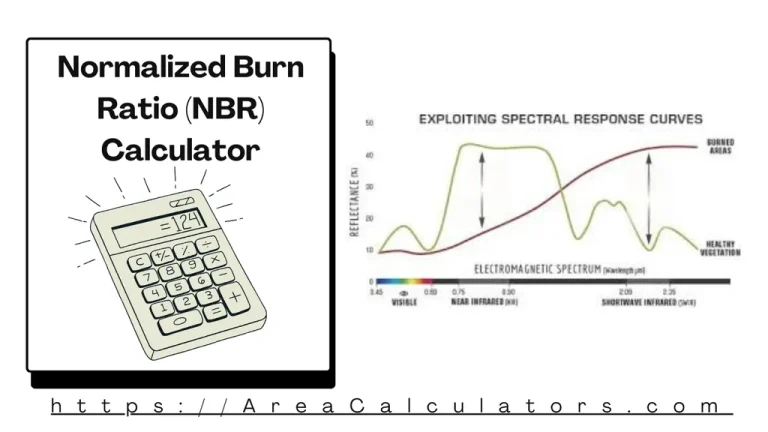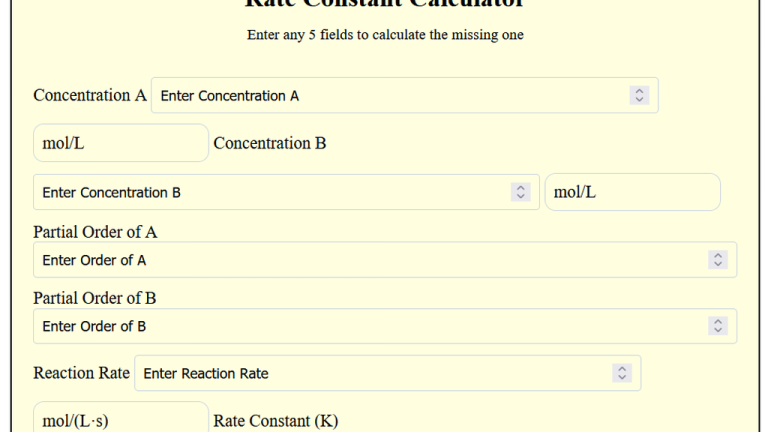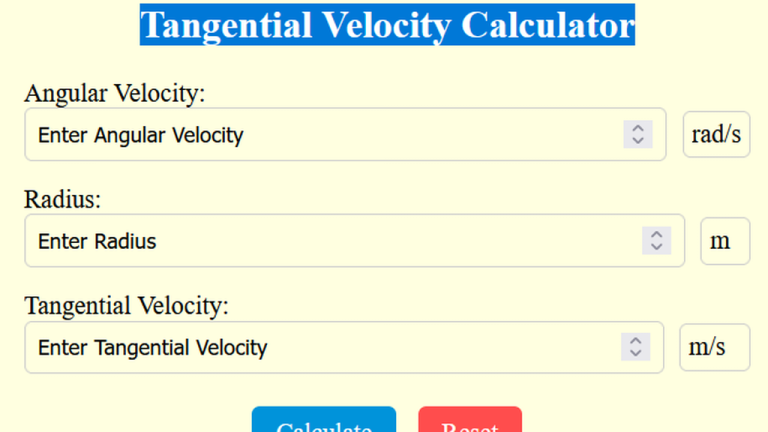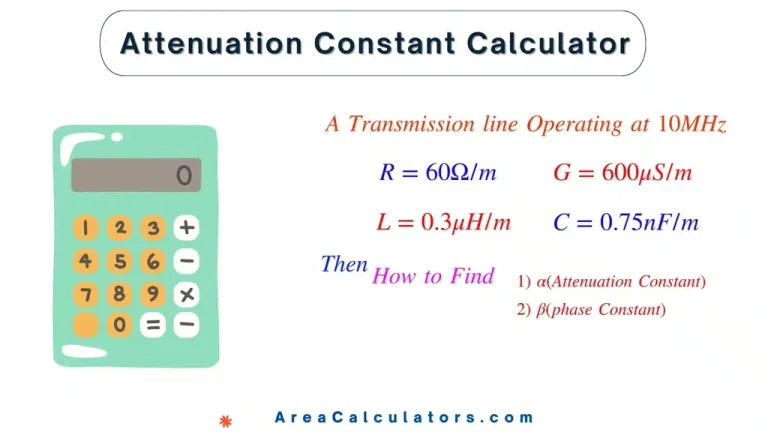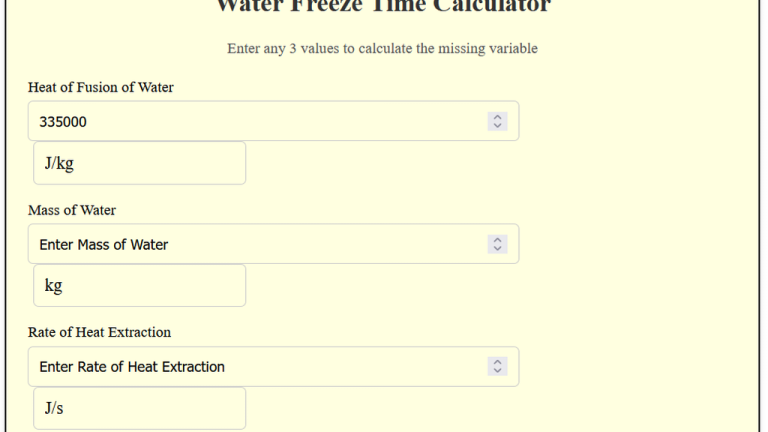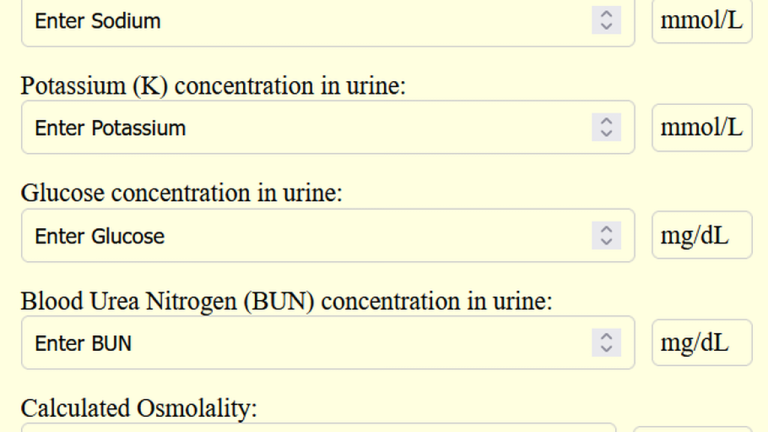NDVI Calculator
To calculate NDVI (Normalized Difference Vegetation Index), compare the near-infrared (NIR) and red (RED) reflectance values. This provides a measurement of vegetation health or density.
The NDVI Calculator is a tool used in remote sensing to assess vegetation health and density by analyzing the reflectance of near-infrared (NIR) and red light. NDVI values range from -1 to +1, where higher values indicate healthier and denser vegetation. This index is commonly used in agriculture, forestry, and environmental monitoring to track plant growth, detect drought conditions, and study land cover changes. Tools like NDVI maps, NDVI raster calculators, and satellite data from platforms such as Sentinel-2 or Landsat enhance precision and usability in research and analysis.
Formula
NDVI = (NIR − RED) / (NIR + RED)
| Variable | Description |
|---|---|
| NIR | Reflectance value in the near-infrared spectrum |
| RED | Reflectance value in the red spectrum |
| NDVI | Normalized Difference Vegetation Index |
Solved Calculations
Example 1: NDVI Calculation with Satellite Data
| Step | Value |
|---|---|
| NIR Reflectance | 0.8 |
| RED Reflectance | 0.3 |
| NDVI = (0.8 − 0.3) / (0.8 + 0.3) | 0.625 |
Example 2: NDVI for Sparse Vegetation
| Step | Value |
|---|---|
| NIR Reflectance | 0.6 |
| RED Reflectance | 0.4 |
| NDVI = (0.6 − 0.4) / (0.6 + 0.4) | 0.2 |

